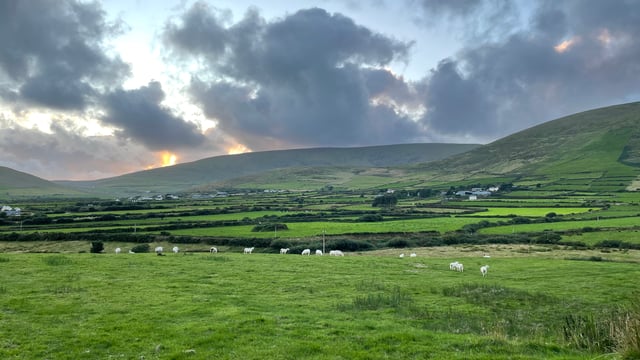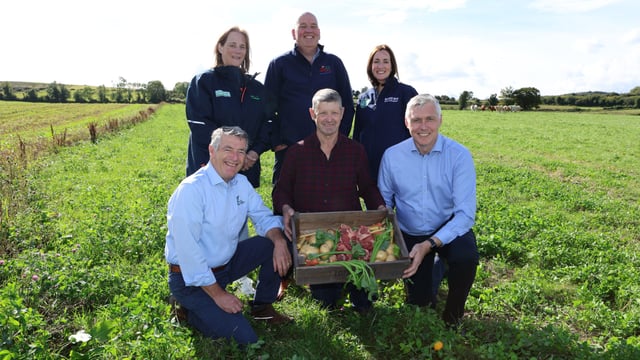Research: Mixed forests an 'insurance policy' for industry
Greater species diversity in productive forests can address multiple crises from climate to timber shortages according to a new research paper.
The technical paper, published in the Quarterly Journal of Forestry, examined mixed species broadleaved and broadleaved/conifer stands in Great Britain for timber production
It was co-authored by silviculture senior research officer at Teagasc, Dr. Ian Short and Andrew Leslie, head of Silviculture and Wood Properties at Forest Research.
The authors suggests that mixed species forest stands, consisting of broadleaves or broadleaves and conifers, can increase resilience to extreme weather, benefit wildlife, reduce damage from pests and diseases, increase productivity, and improve the financial returns from broadleaved trees.
Dr Short said: "Considering the mounting pressures on our forests from escalating pest and disease outbreaks, and the accelerating impacts of climate change, the timing of this review is critical.
"We chose to undertake this review to consolidate the existing body of knowledge, drawing from available literature and the practical experiences of forest managers and landowners."
"This synthesis is vital to better understand the silviculture of these mixtures and to highlight their potential importance in a rapidly changing environment, particularly as we strive to improve the productivity of our broadleaved woodlands," he added.
The review focuses on a number of different areas, including:
- How different tree species respond differently to physical stresses such as storms, drought, and extreme temperatures.
- The literature review points to soil health improvements through strategic mixing. Incorporating nitrogen-fixing trees like alder, for example, can enhance overall growth, particularly in nitrogen-poor soils.
- Mixed stands aren’t just a benefit for the conservation of woods and wildlife, they also have the potential to increase yield if managed well.
- The paper discusses "overyielding", where mixed stands produce more volume than monocultures of the same species.
- The authors describe mixed species stands as an ‘insurance policy’ against potentially devastating pest or pathogen incidents.
- The paper explains that mixing tree species may reduce the "apparency" of host trees to pests and pathogens, and decrease the transfer of these damaging agents between trees of the same species.





